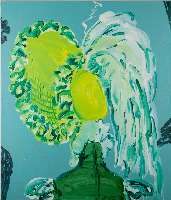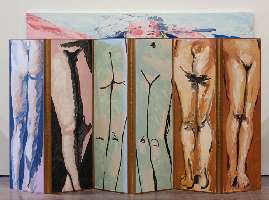
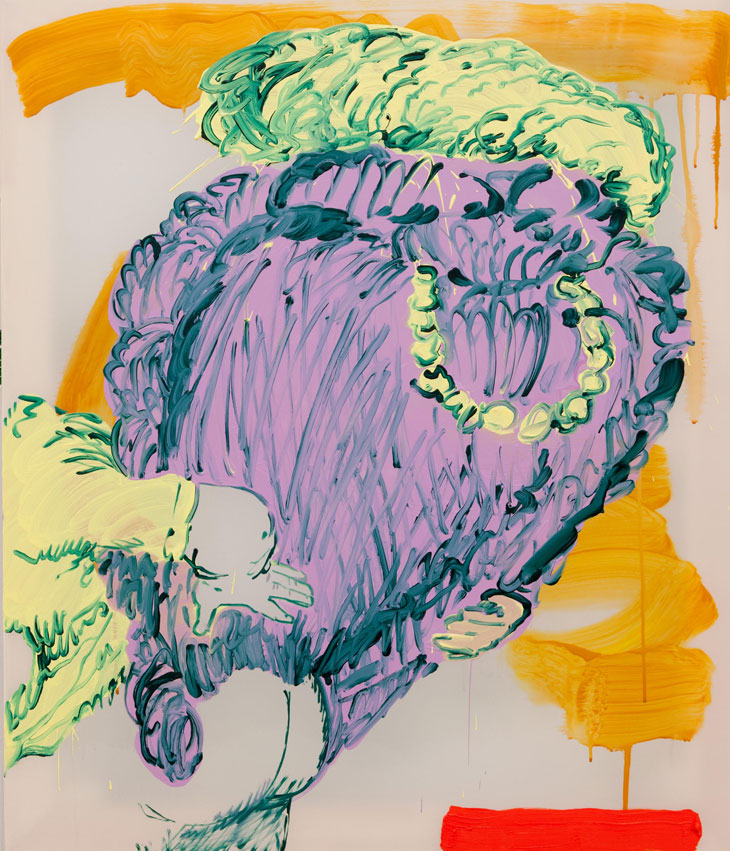
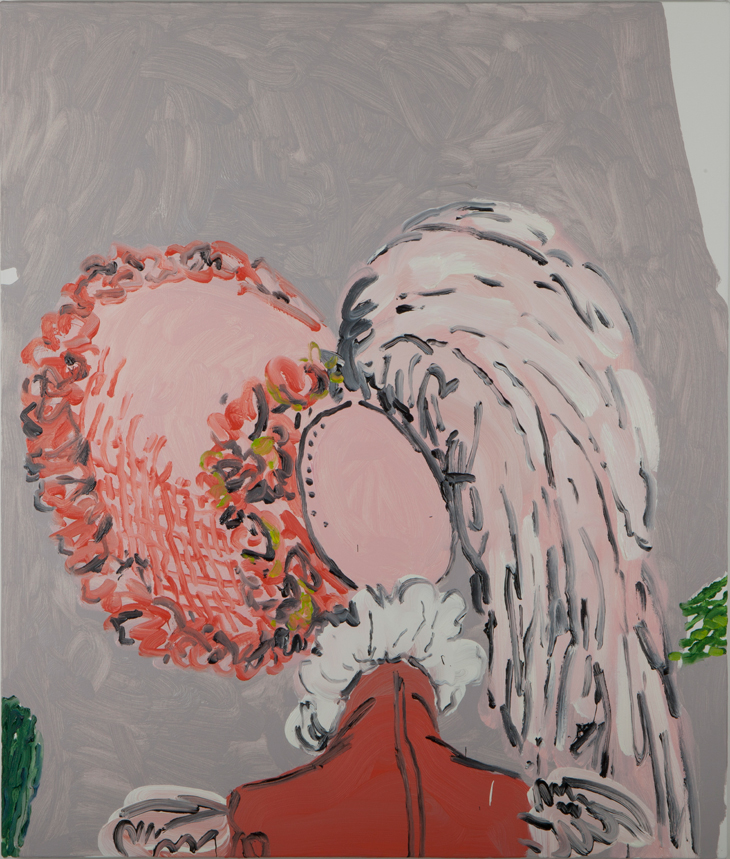
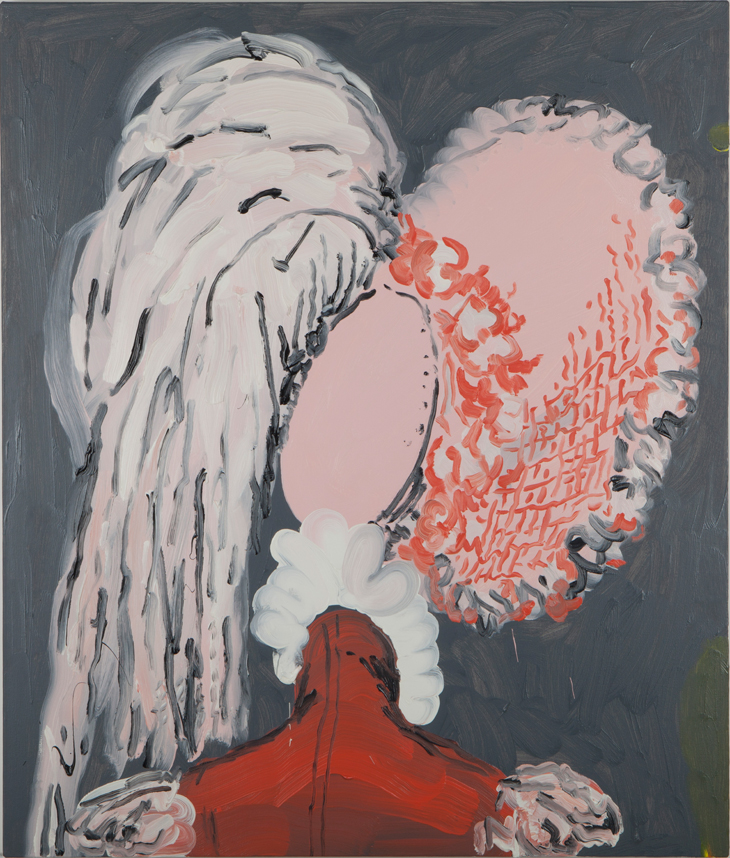
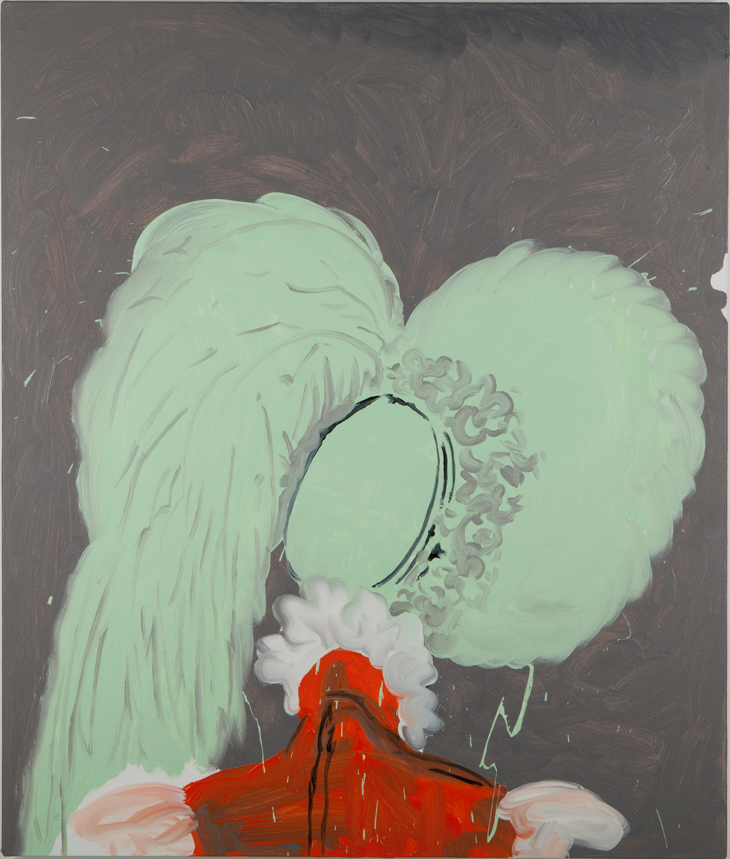

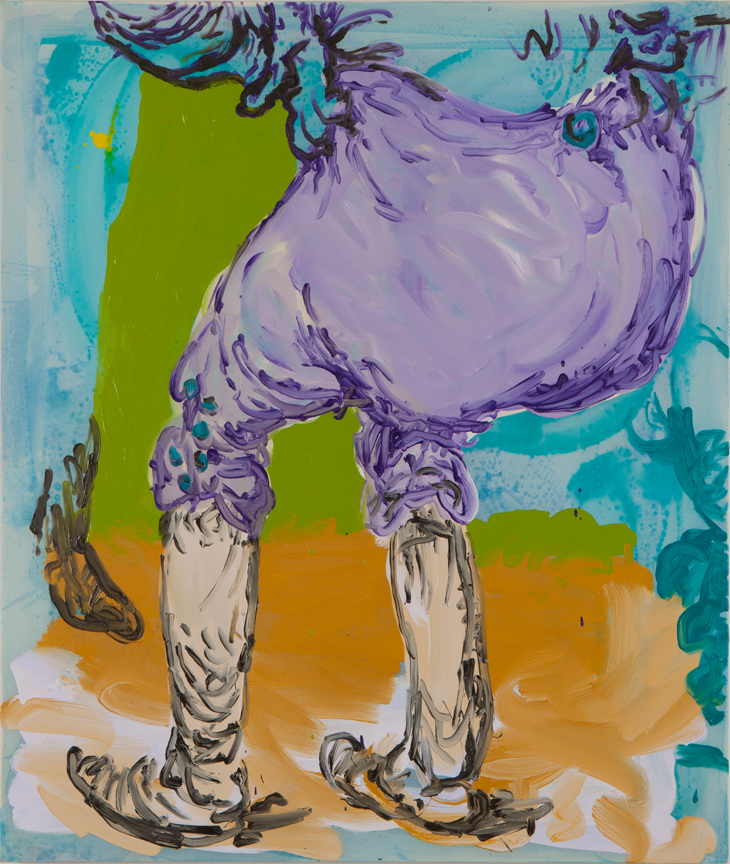
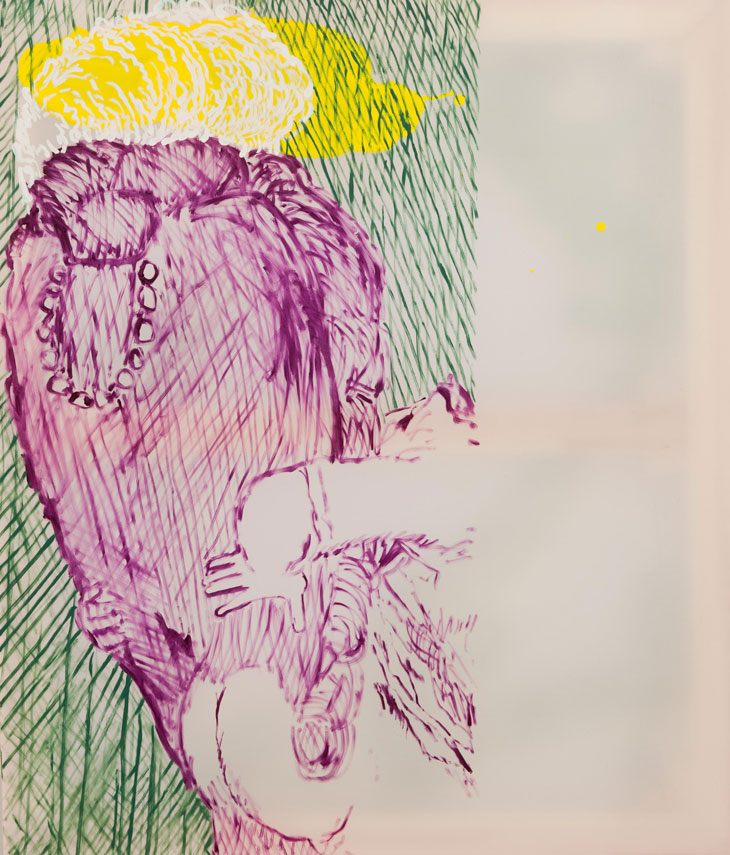
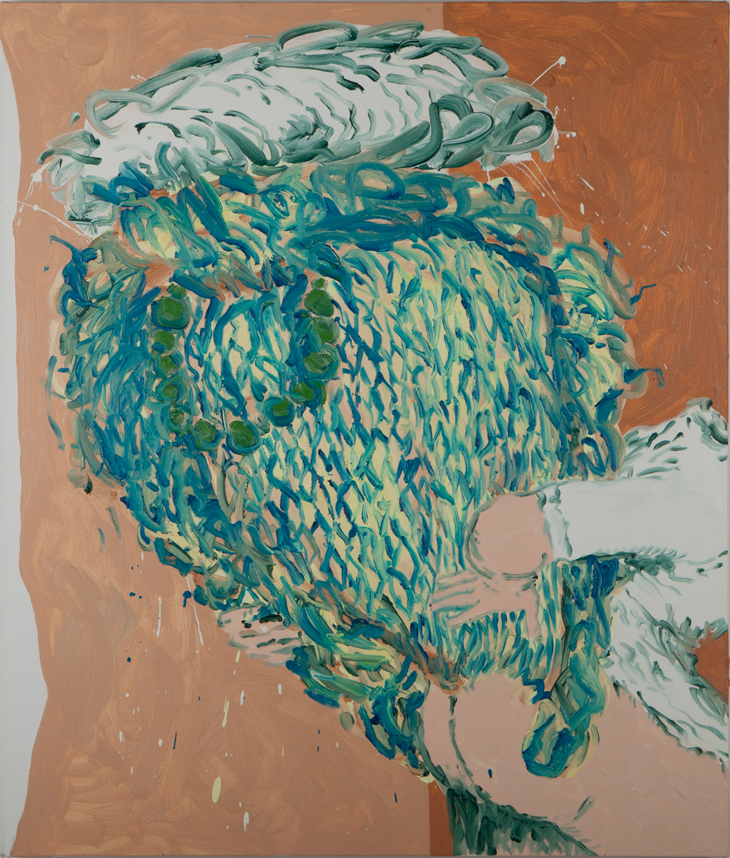
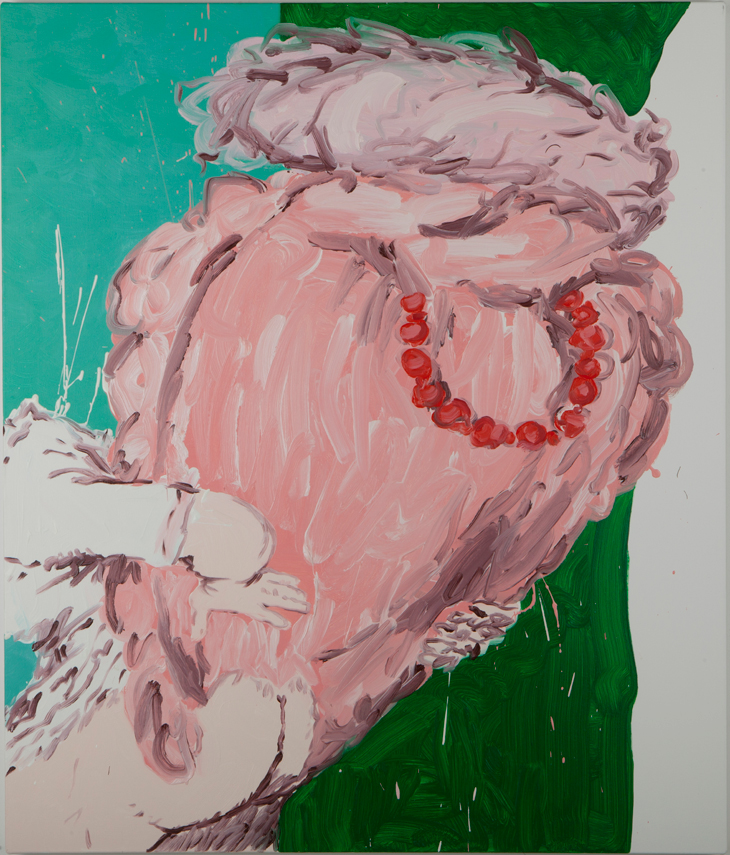
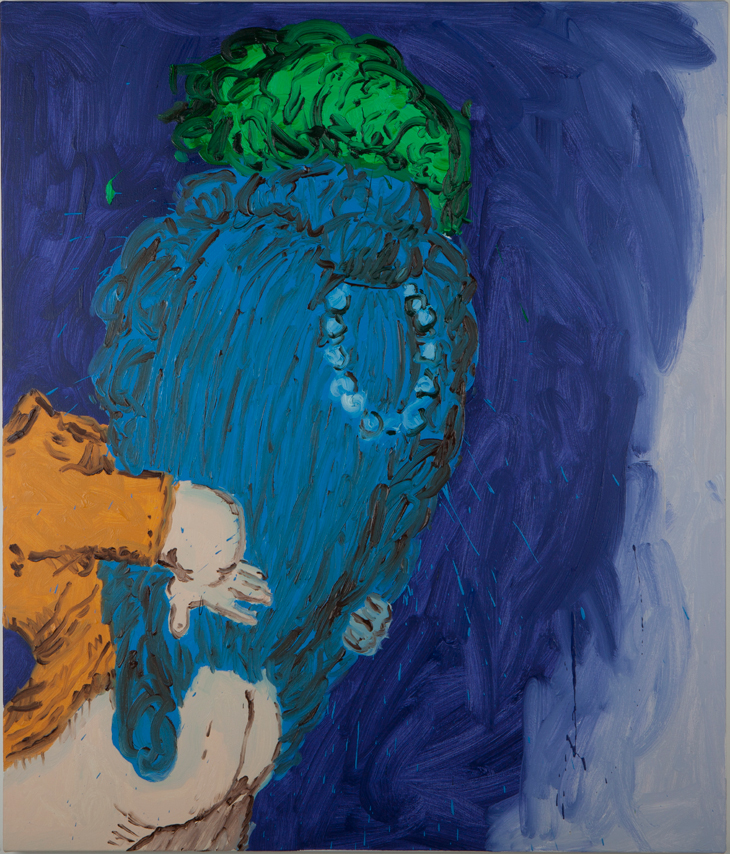
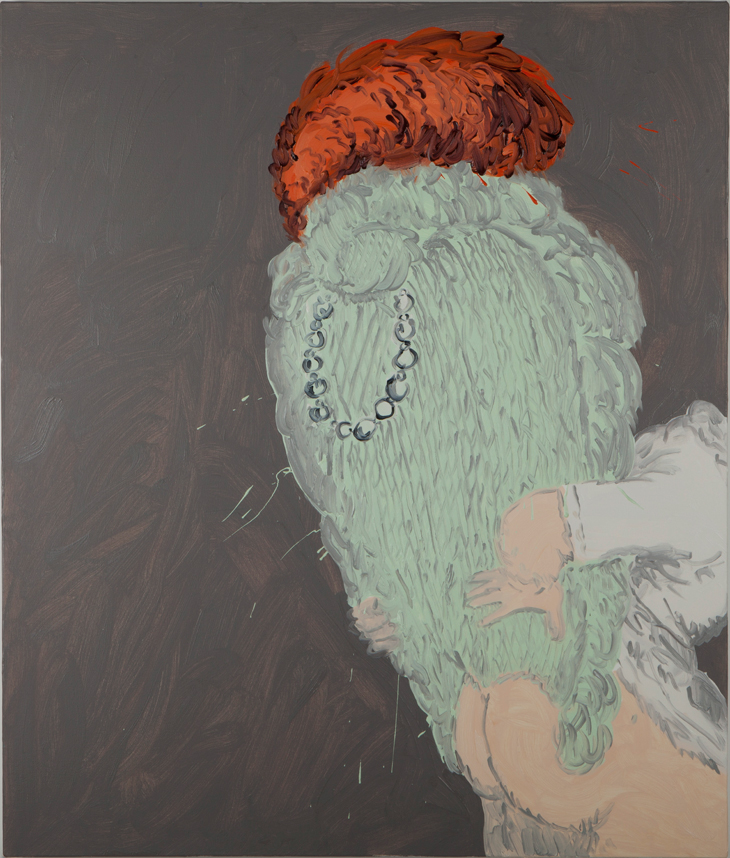
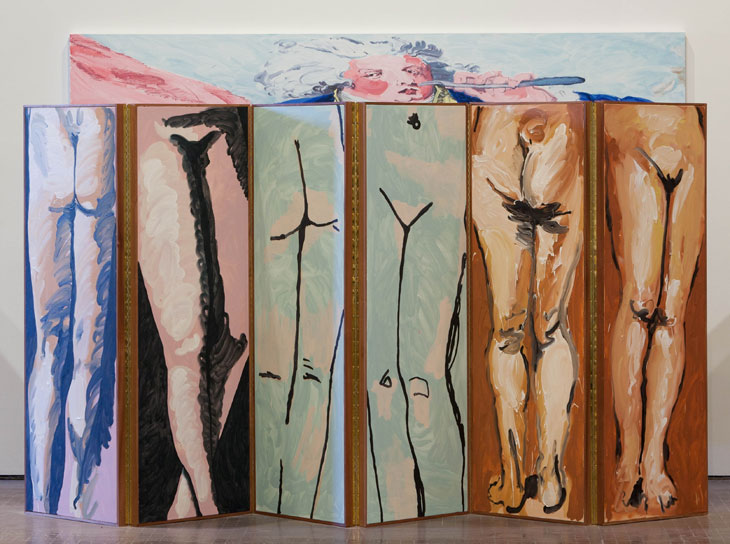

.jpg)
.jpg)
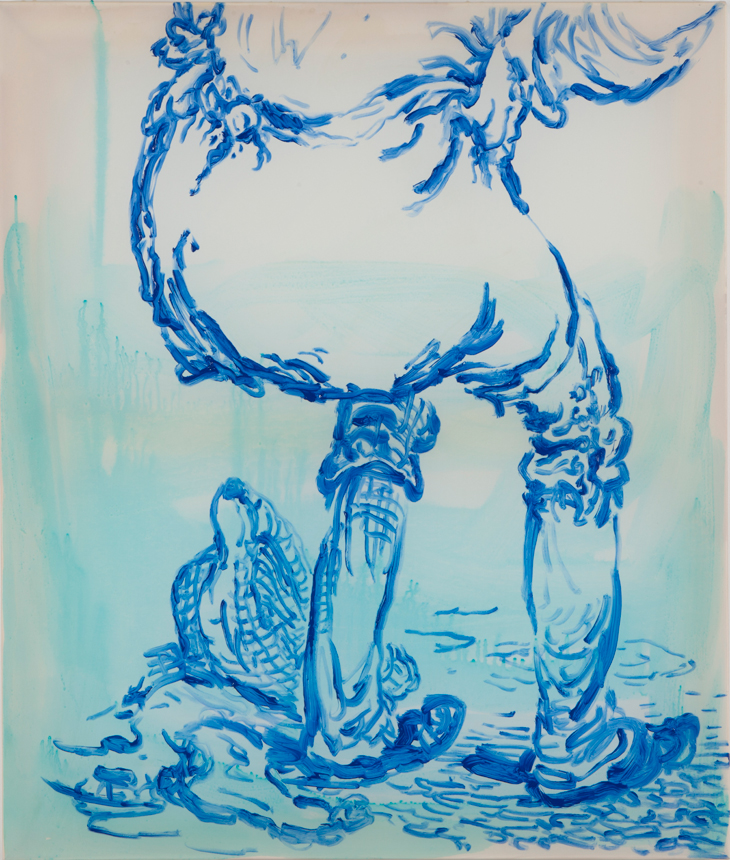
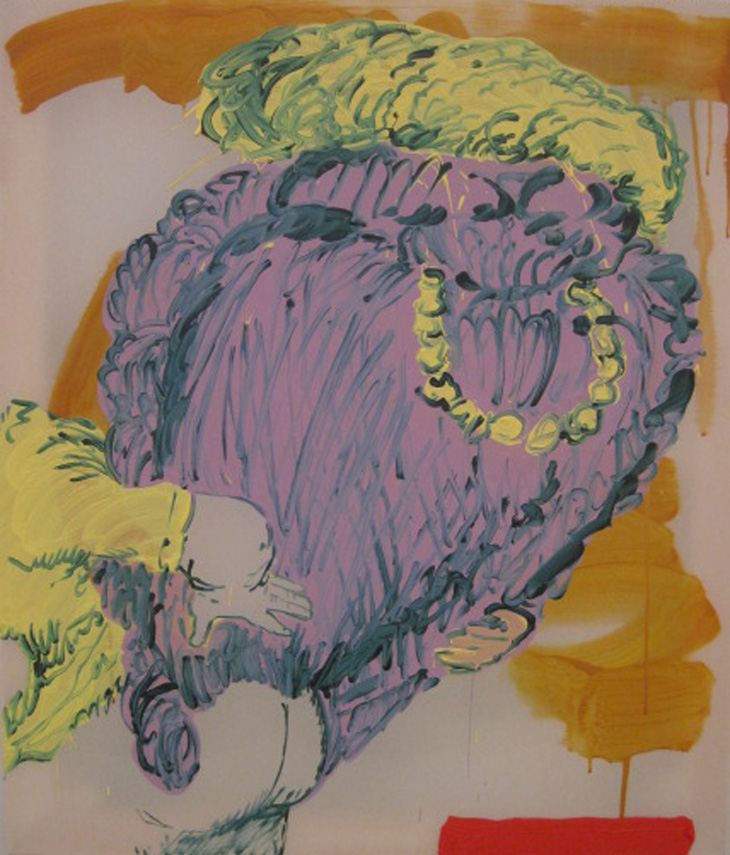
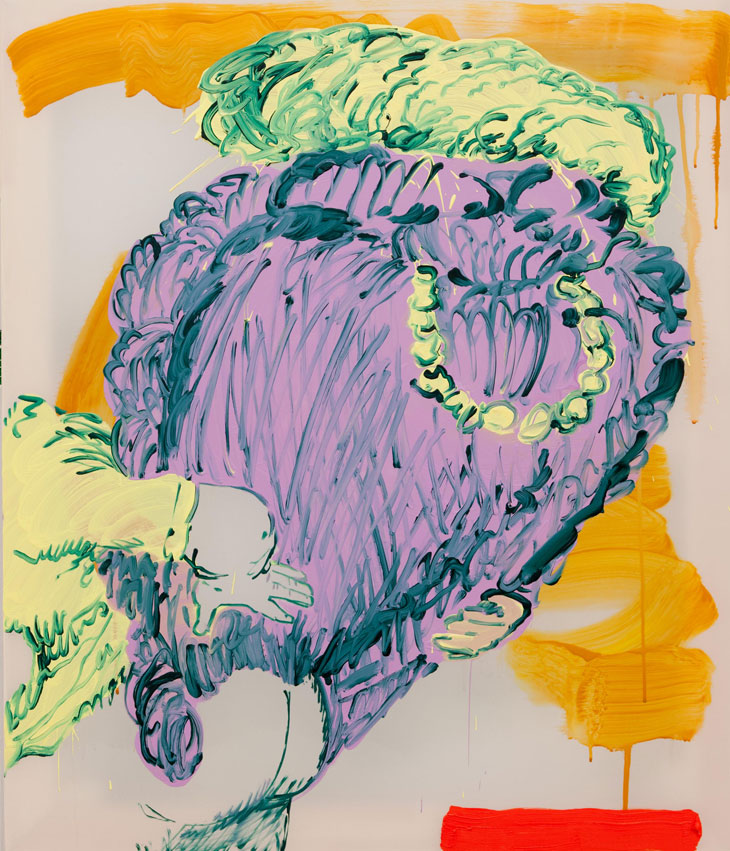
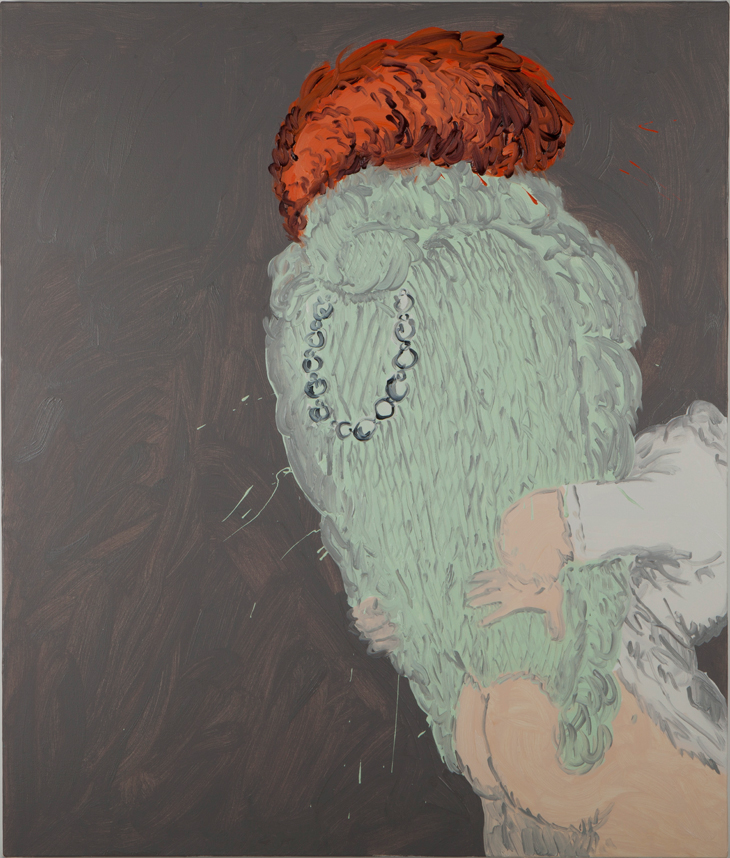
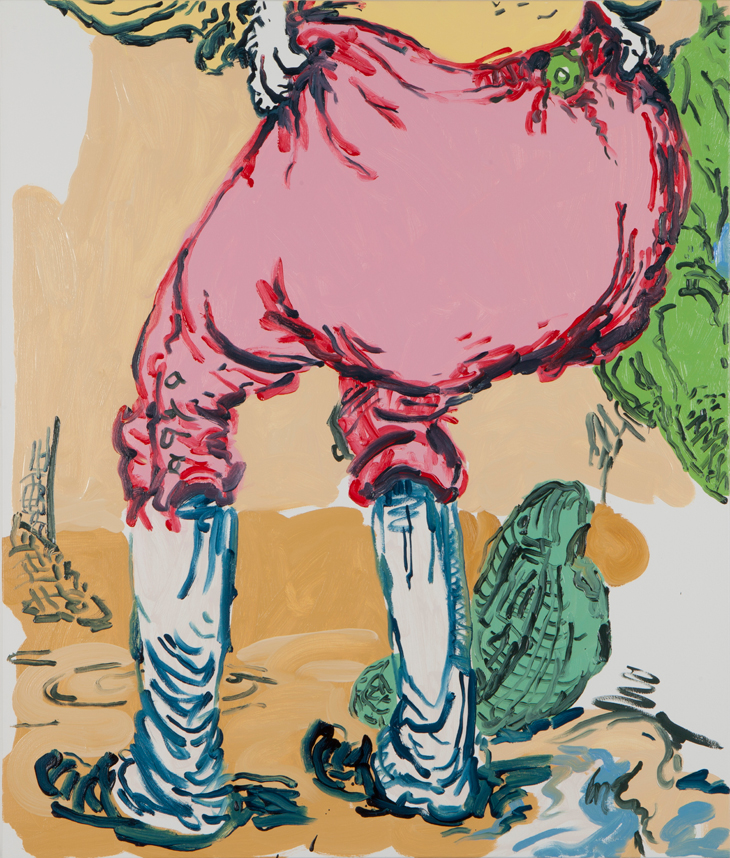
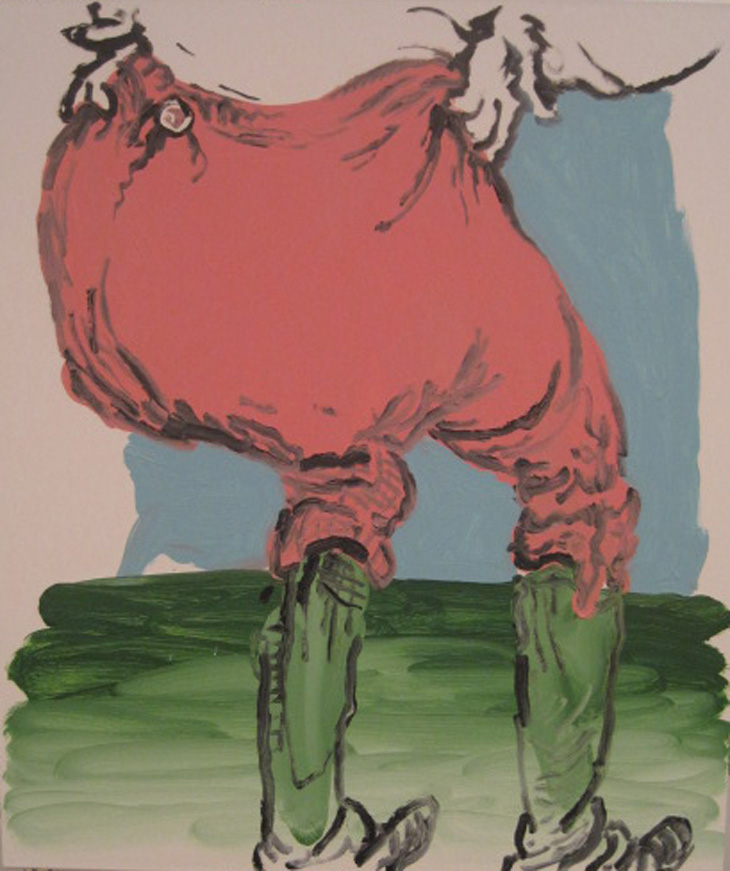
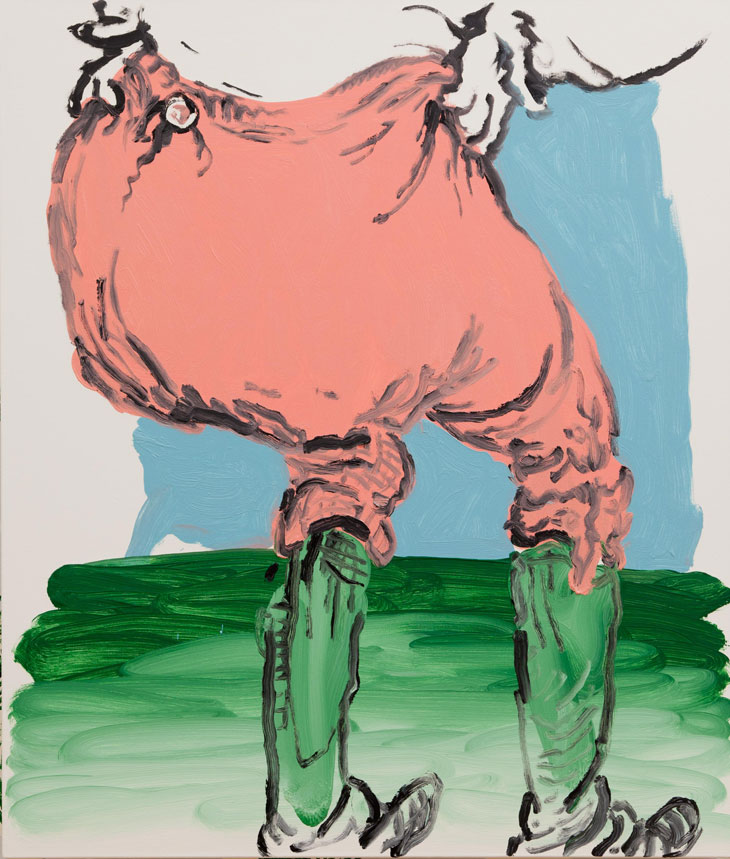
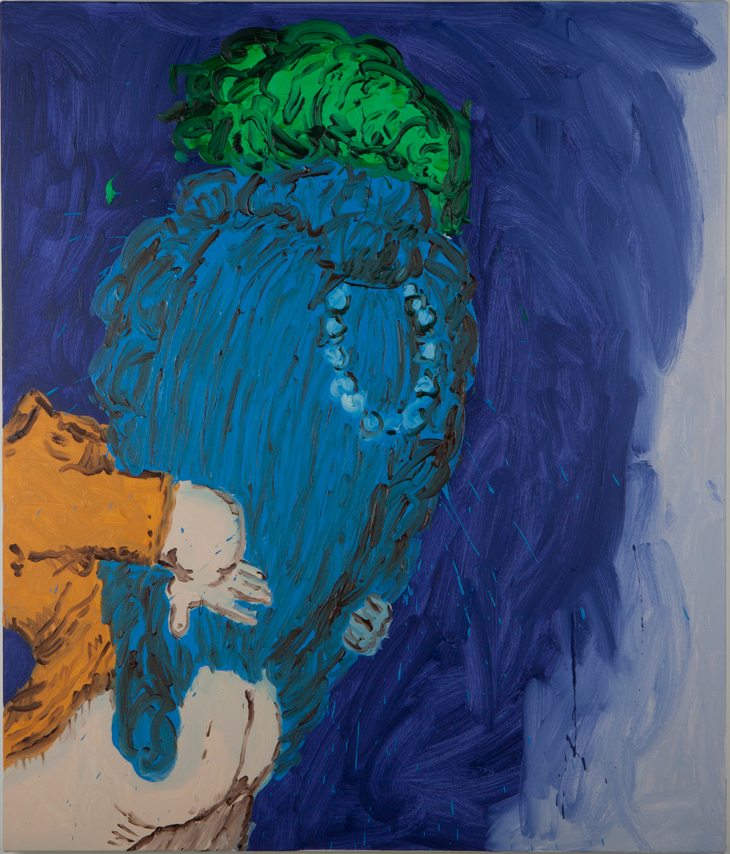
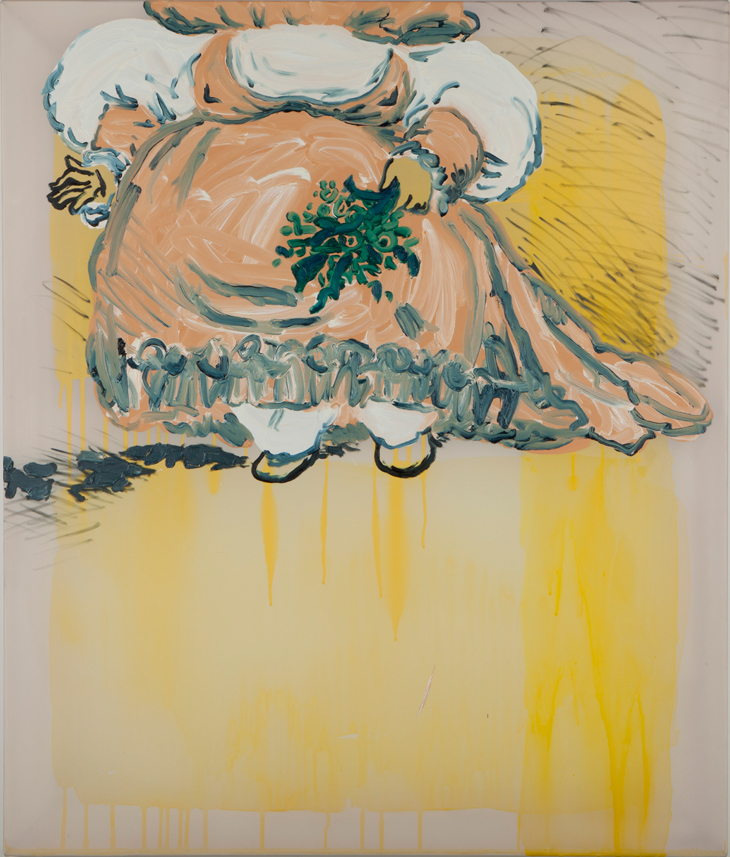
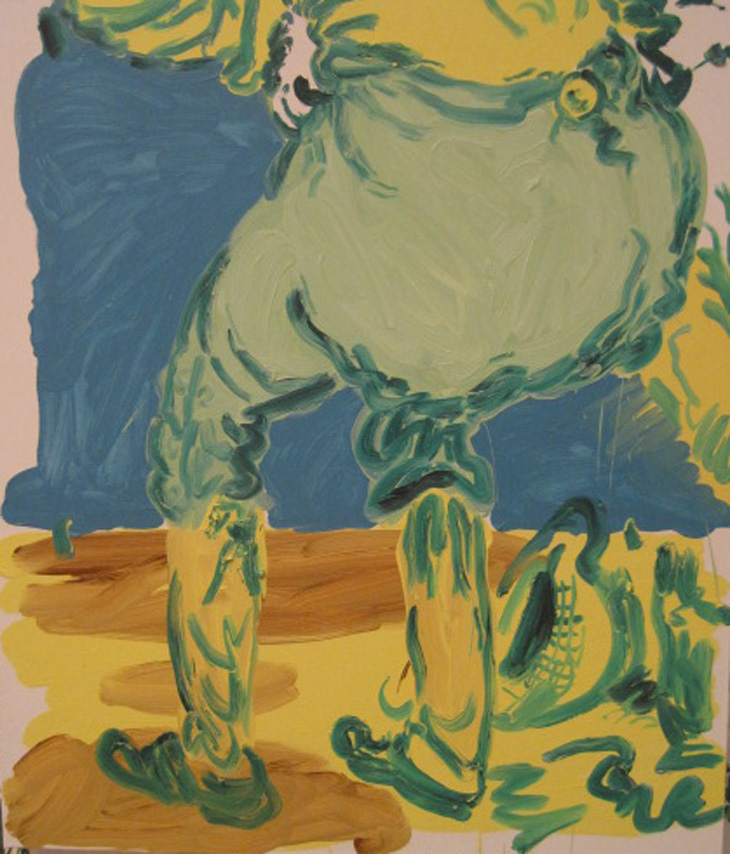
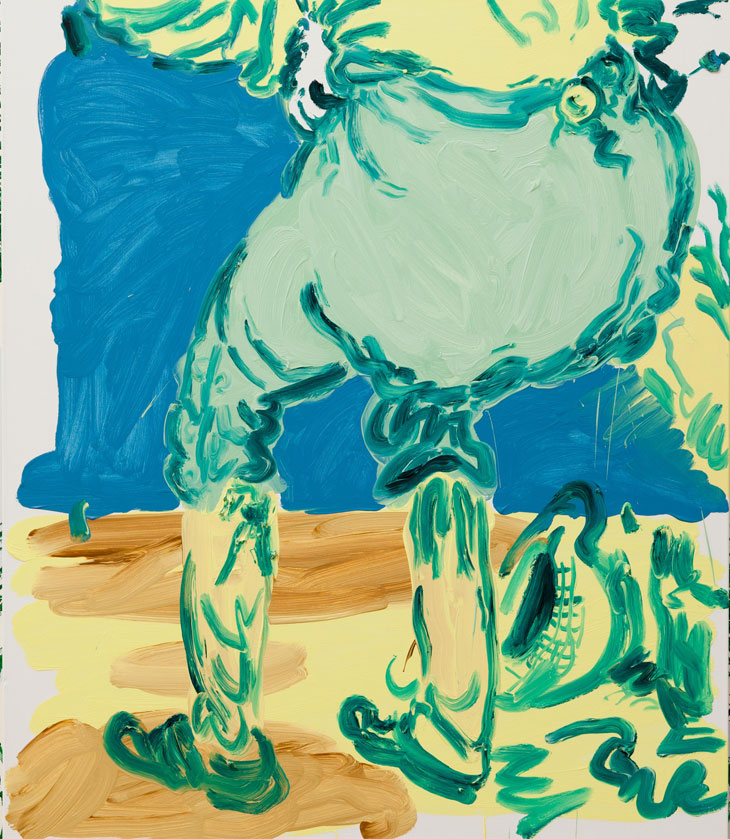
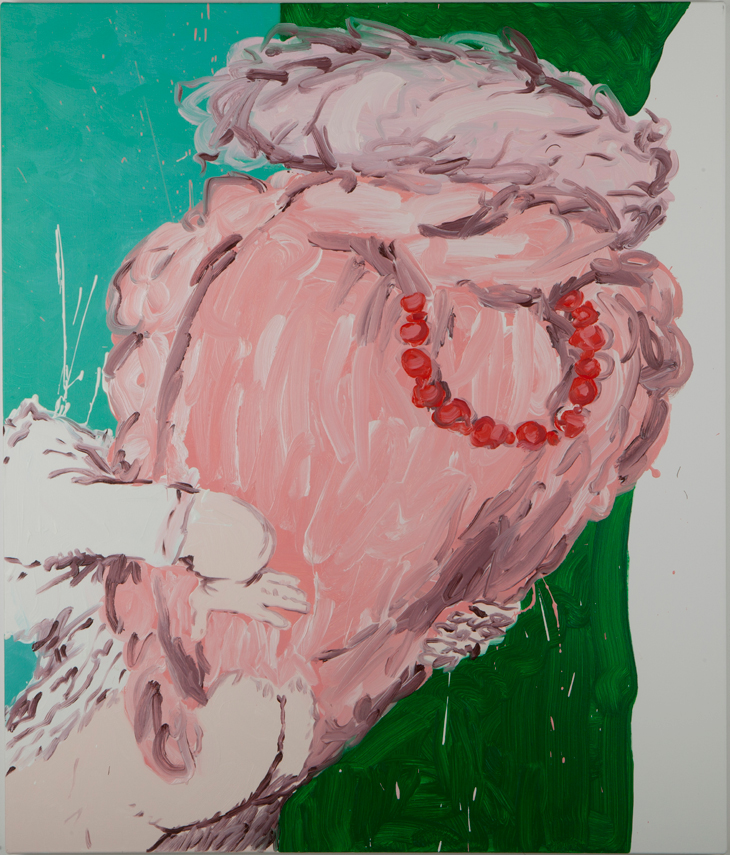
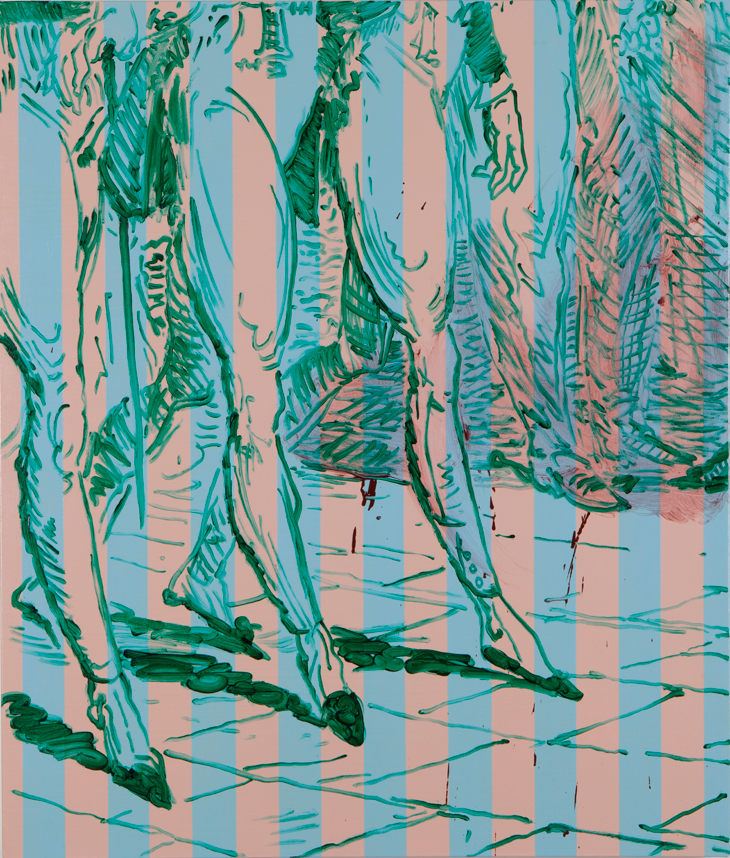
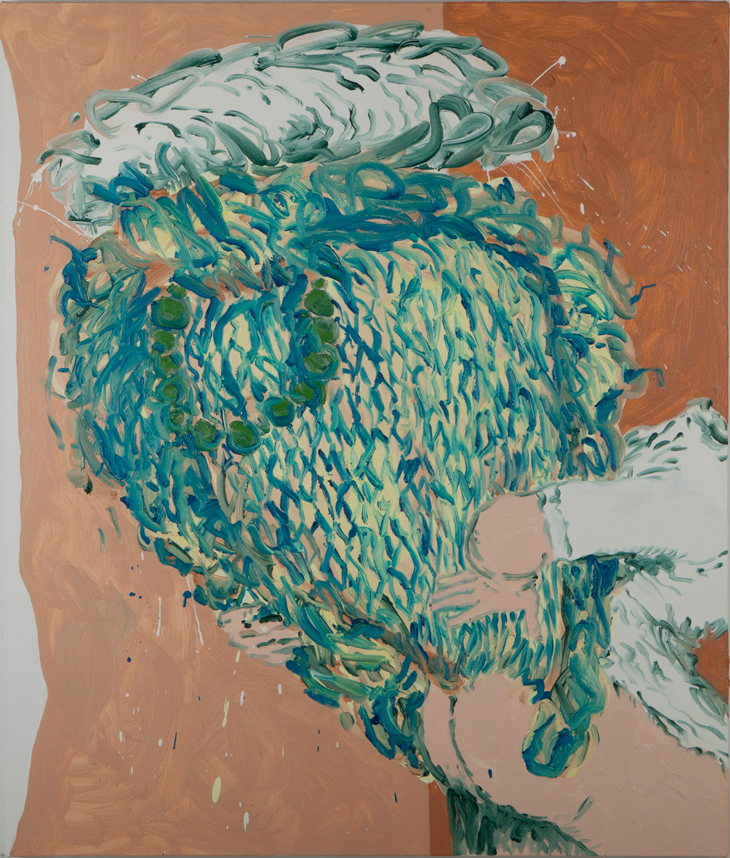
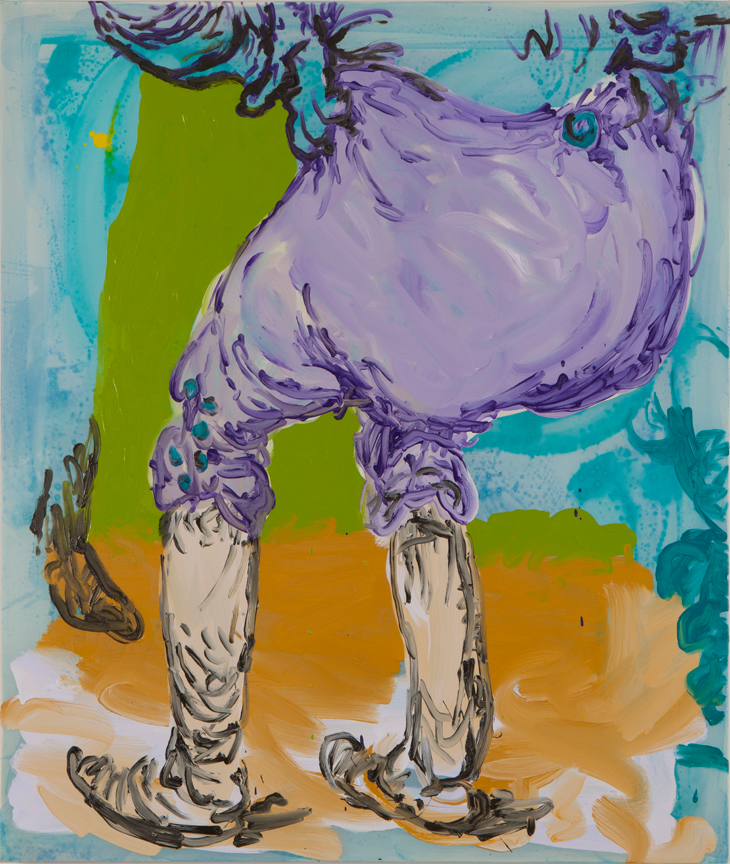
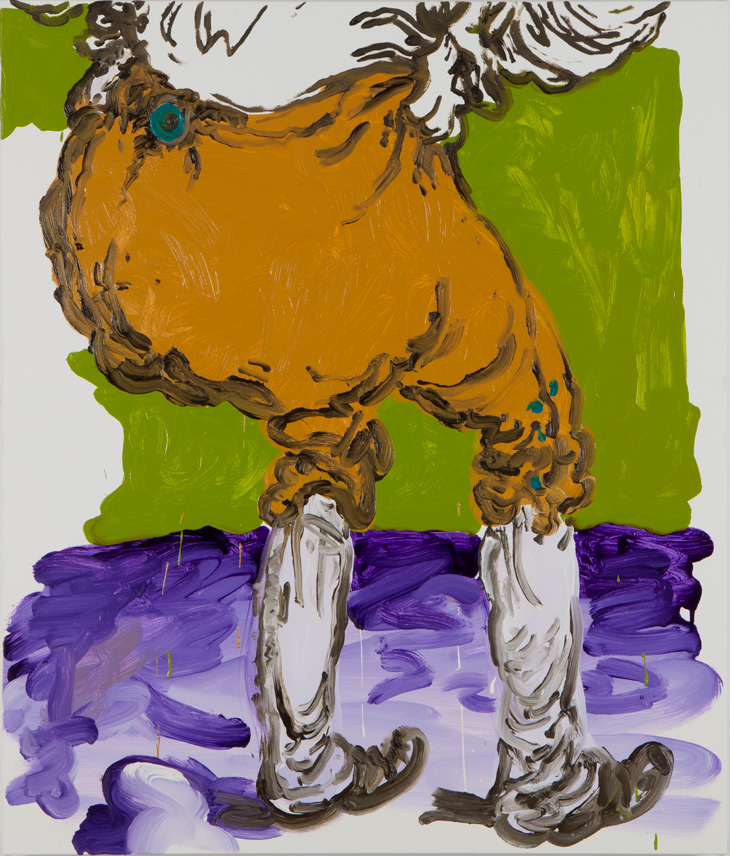
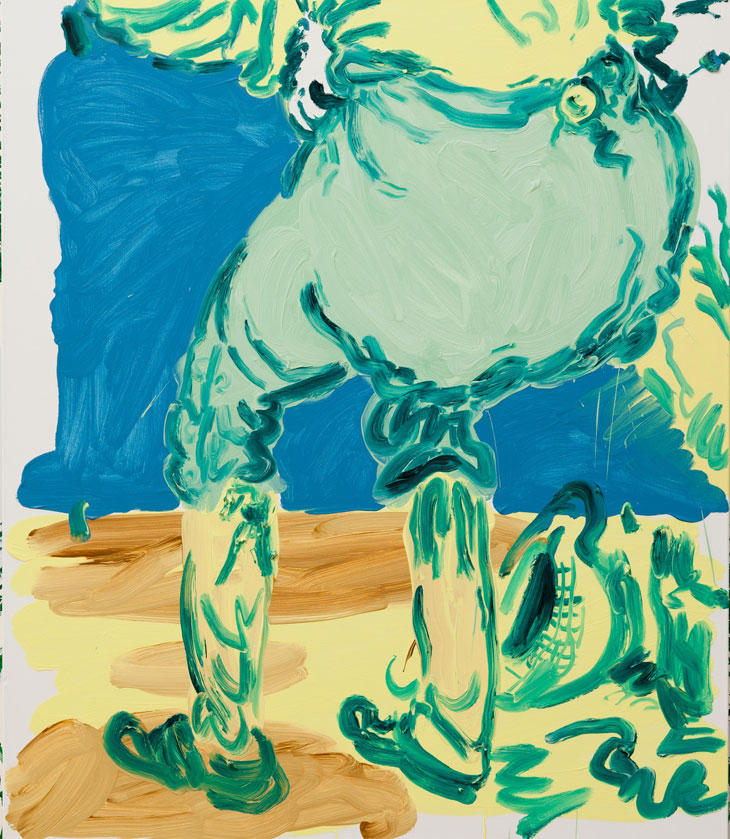
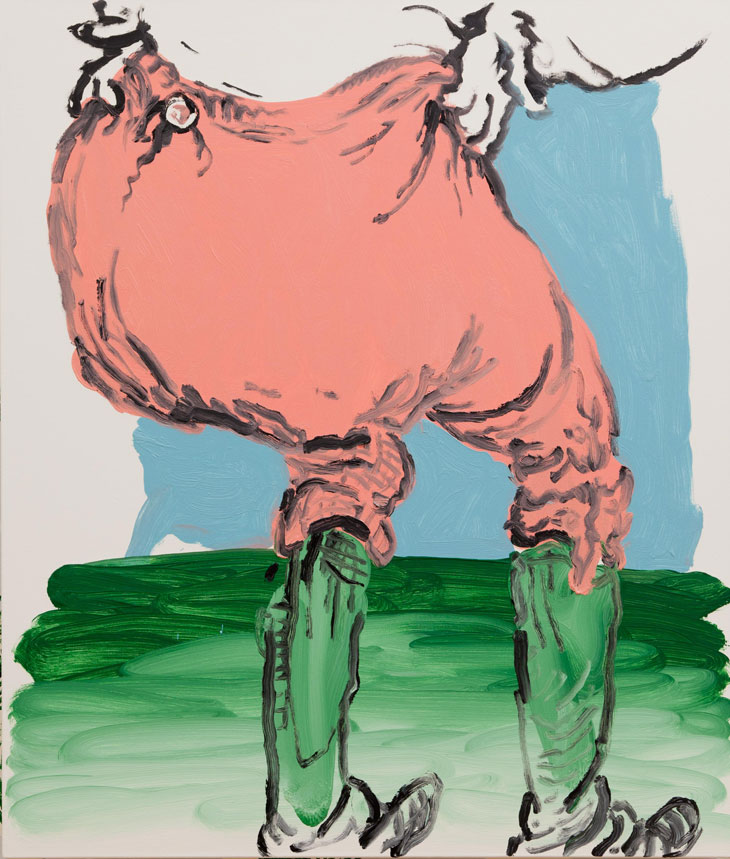
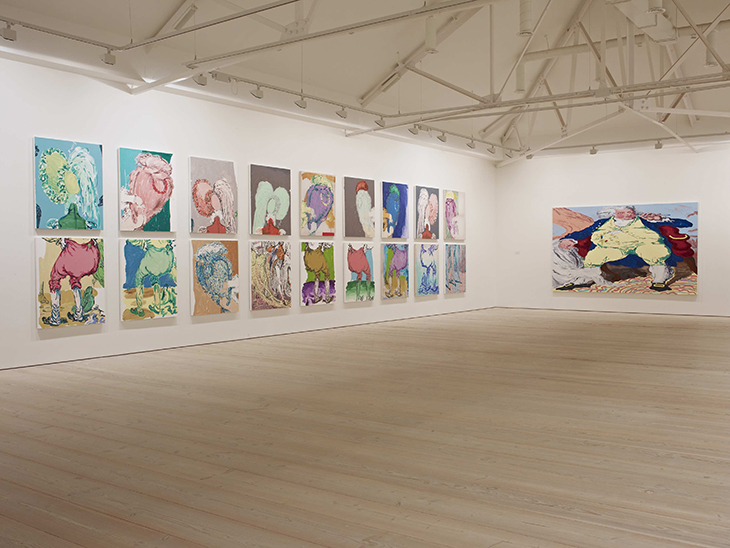
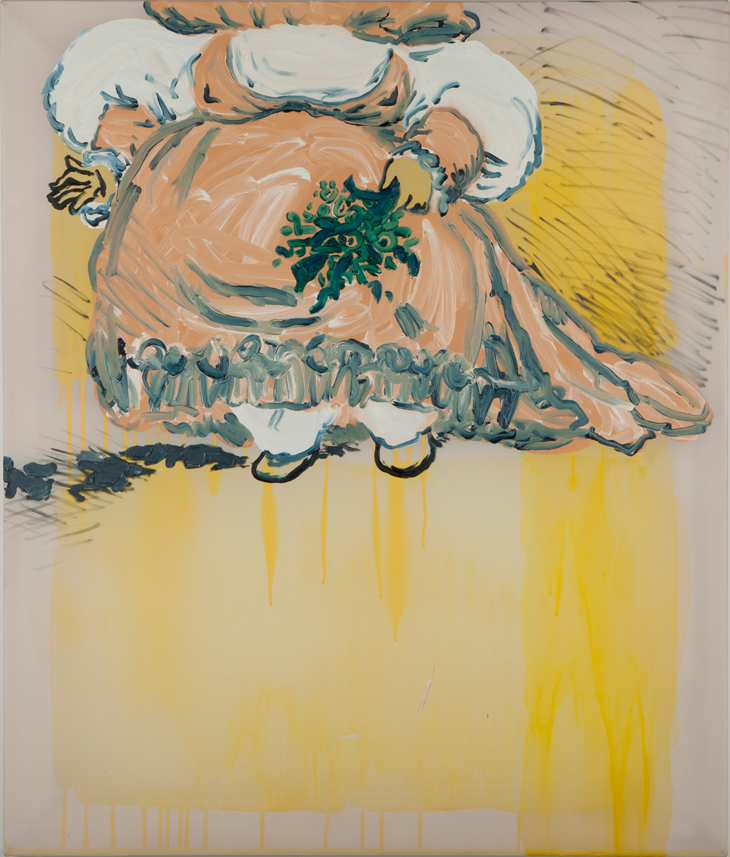
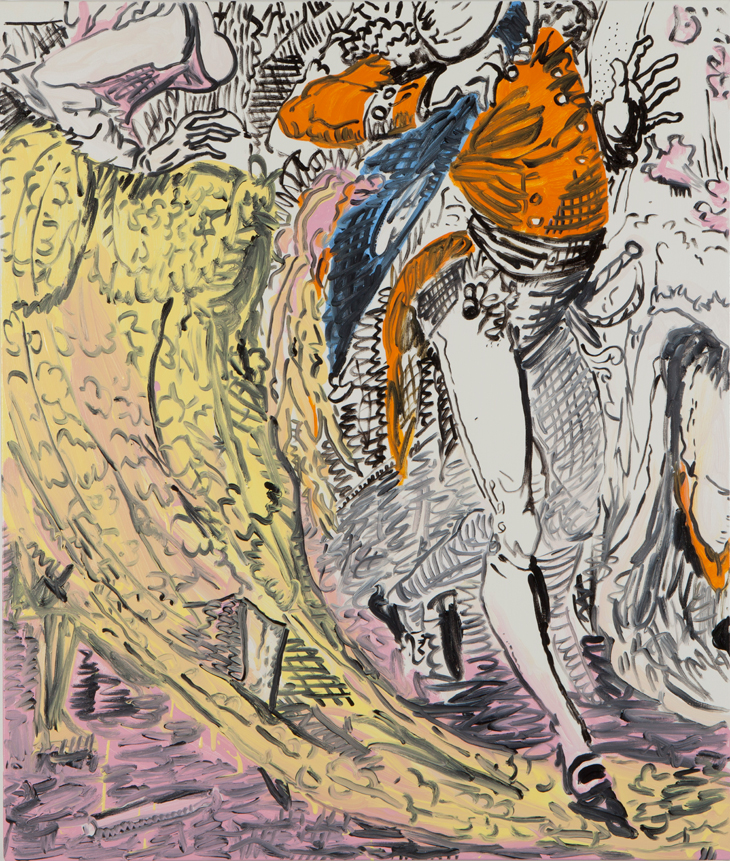

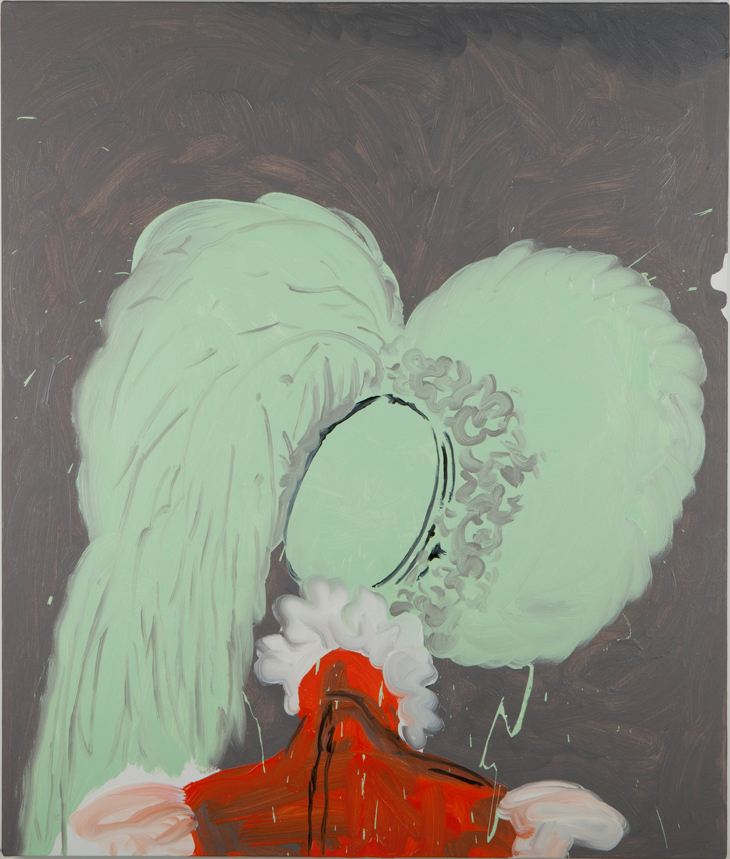
.jpg)
.jpg)
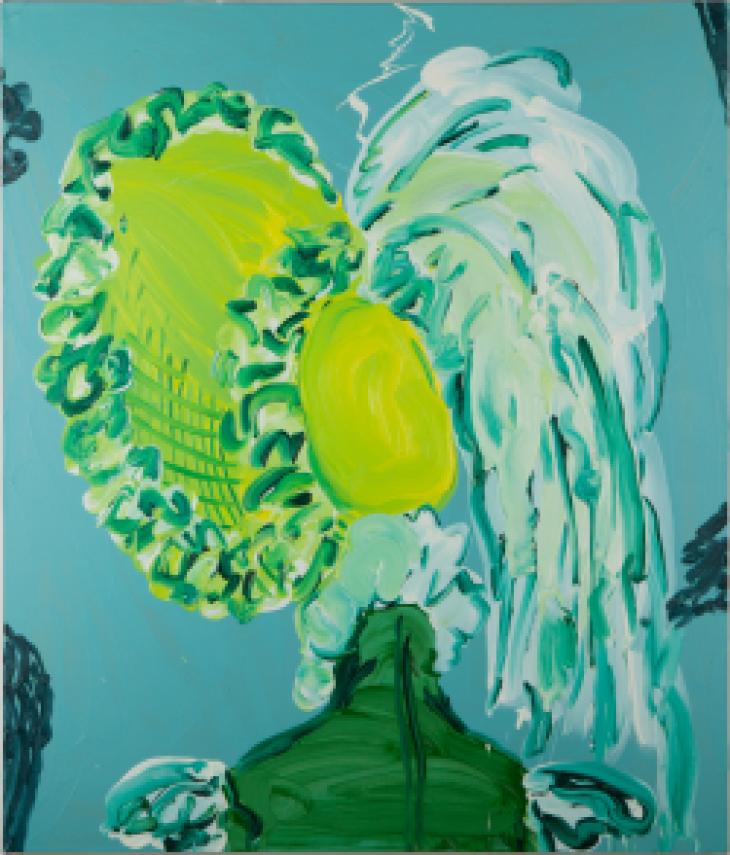
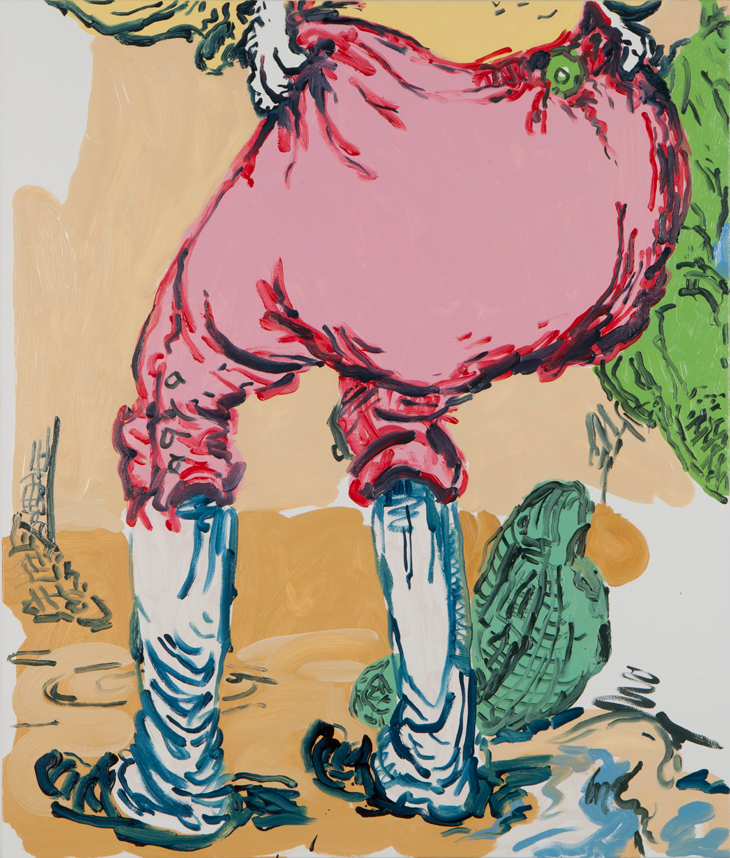



ARTIST:
Charlie Billingham
Although we can identify things in Charlie Billingham’s work as part of a certain idea of the past – baggy britches, towering wigs, swags of jewellery, vaguely scatological humour – their presentation (in bits, in fragments) suggests a kind of dispersal, a refusal to fully cohere. Billingham holds the bits at bay: the past stays past. Late 18th and early 19th century motifs – big Regency bums in wigs or britches; bonnets with cascading feathers; big-buttoned waistcoats – are repeated in an array of decorative colours, either as wallpaper or as reversible motifs on canvases.
That repetition, the past becoming décor, is a part of Billingham’s idea of history: that it becomes, for us, a disconnected thing, a sequence of changing tastes, a theme for a costume party. Billingham’s motifs derive from the satirical prints of the late 18th/early 19th century caricaturists Cruikshank and Gillray, whose works were themselves designed for mass reproduction; by transforming them into painting, Billingham subtracts their political specificity and treats them instead as what the artist calls “a symbol of a certain type of tasteâ€.
In A Voluptuary under the horrors of Digestion, Gillray’s satirical 1792 image of the Prince Regent (known in his time as “the Prince of Whalesâ€) is stretched into near-abstraction, its speckles of dripped colour a reminder of Billingham’s historical distancing: print becoming paint. A six-leaf folding screen, meanwhile, composed of the bottom halves (front and back) of three different paintings of the Three Graces, with images of fountains on the other side, seems concerned with lost ideals of beauty. Their rendering – loose, gestural, vague – is part of their sense of absence: they’re not quite here.
Text by Ben Street





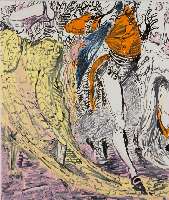







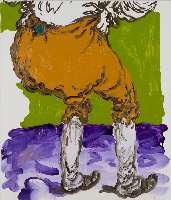
.jpg)
.jpg)





















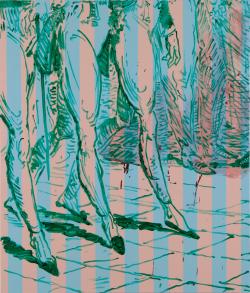

.jpg)
.jpg)



